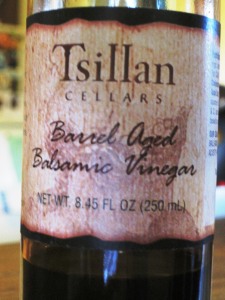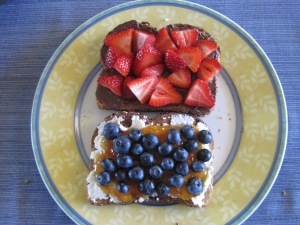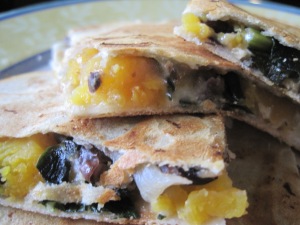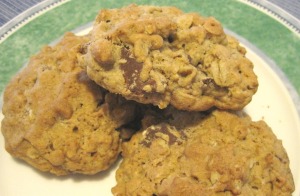Happy Valentine’s Day! I hope however you are celebrating today that you are feeling the love. ❤
If you are thinking “I’d like to make this day a little extra Valentine-y” but don’t want to go down the usual routes; if you need inspiration for a dinner that is delicious, interesting, fun, and relatively inexpensive (it’s utterly flexible), and is also something slightly fancy for the love holiday, look no further. It also does not require a reservation, parking, dressing up, and the like. It’s great for one person, for a couple, or for as large or small a group as you desire. So if that’s you this Valentine’s Day, I’ve got you covered.
One of the great things about wine is the special company it keeps with food. And the illustrious charcuterie board (a.k.a. Lunchables for Grown-Ups) has become the golden standard for enjoying with wine. In case you need enlightening, a charcuterie board is simply several types of prepared meats served with various cheeses, crackers, breads, nuts, olives, fruit, assorted condiments like mustard, jam, etc. all presented together on a large serving platter.
During the pandemic, when we were not eating out because restaurants were only offering to-go, I decided to throw together an epic smorgasbord with anything and everything charcuterie-related: several types of cheese and crackers, a couple salamis or other meats, sliced pears, berries, grapes, nuts, etc. I also bought several bottles of wine to pair specifically with the cheeses I had selected. We dined al fresco.
The kids LOVED it, because they got to eat cheese, crackers, and salami for dinner, and put what they wanted on their plates. I loved it for obvious reasons and also for the rare praises instead of moans and complaints from the picky eater cohort.
We did this a couple times and since it’s been a while, I decided it would be fun to do it again for Valentine’s night.

I slaved so hard in the kitchen… opening up packaged stuff and putting it on a platter, I’m exhausted… 😉
I’ve got a cheese collection from Costco (the Kirkland Signature Cheese Flight they sell around the winter holidays) which features the following cheeses: cow’s milk cheese from Belgium, aged cow’s milk cheddar from England, goat’s milk cheese with honey from Spain, sheep’s milk pecorino cheese with truffles from Italy, and cow’s milk cheese with tomatoes, onions, and spices from the USA.
When you make a charcuterie board, you can use whatever cheeses you like, but to keep it interesting, aim for:
– three to four (or more!) different cheeses
– a mix of soft, semi-soft, and hard cheeses
– a mix of different types of milk (e.g. sheep, cow, goat)
For wine, I went with a black pinot and a white pinot (literally Pinot Noir and Pinot Blanc) from different AVAs (American Viticultural Areas – unique designated wine grape growing areas) in Washington and Oregon. According to Erin Doman, all Pinots (Noir, Gris, Blanc, Meunier, etc.) are mutations of the same variety.
from different AVAs (American Viticultural Areas – unique designated wine grape growing areas) in Washington and Oregon. According to Erin Doman, all Pinots (Noir, Gris, Blanc, Meunier, etc.) are mutations of the same variety.
We’re drinking Skagit Crest Vineyard & Winery Pinot Blanc from Washington (specifically the Puget Sound AVA) and River’s Edge Winery Barrel Select Pinot Noir from Oregon (specifically the Elkton AVA, one of Oregon’s newer AVAs). You can pair almost any wine with various cheeses (more on that later), but for this article’s sake I am just focusing on these two elegant beauties.
 Pinot Noir and Pinot Blanc grapes both make lighter bodied wines with moderately strong acidity (makes your mouth pucker) so they work especially well when paired with creamy cheeses. Some wines are great on their own and some are meant to be drunk with food. These wines are delightful each on their own and they shine bright with the cheeses.
Pinot Noir and Pinot Blanc grapes both make lighter bodied wines with moderately strong acidity (makes your mouth pucker) so they work especially well when paired with creamy cheeses. Some wines are great on their own and some are meant to be drunk with food. These wines are delightful each on their own and they shine bright with the cheeses.
The River’s Edge Pinot is bursting with juicy, plush aromas of dark cherry, blueberry, spices, and something woody. My favorite cheese match with the Pinot Noir is the Italian pecorino with truffles. The truffle notes in the cheese really complement the mushroom notes in the Pinot Noir. So earthy and complex, I love it! This is a great Pinot Noir for wine drinkers who like full flavors and good substance (like me, ha ha). 🙂
Skagit Crest’s Pinot Blanc is an exceptional companion to cheese! It is like smelling a springtime wedding: flowers hugged by some robust honeycomb, lime, grapefruit, and a little gravel. On the palate there is excellent acidity with no astringency or harshness, moderate alcohol and flavors of stone and citrus fruits. It’s very similar to Pinot Gris/Grigio (same grape, just French and Italian names), but I love this subtly different and refreshing change from typical Pinot Gris. For cheese partners, the Belgian cheese and the Spanish honey goat cheese were both great with this wine.
I am hoping to do more food and wine pairing recommendations in the future, but for now would highly encourage you to seek out these particular wines and enjoy them with some cheese. Bon appétit!






